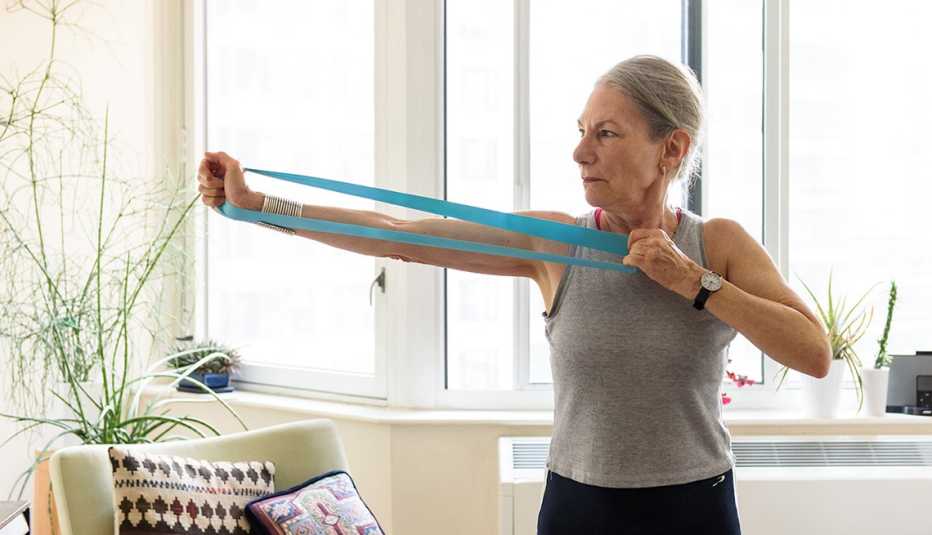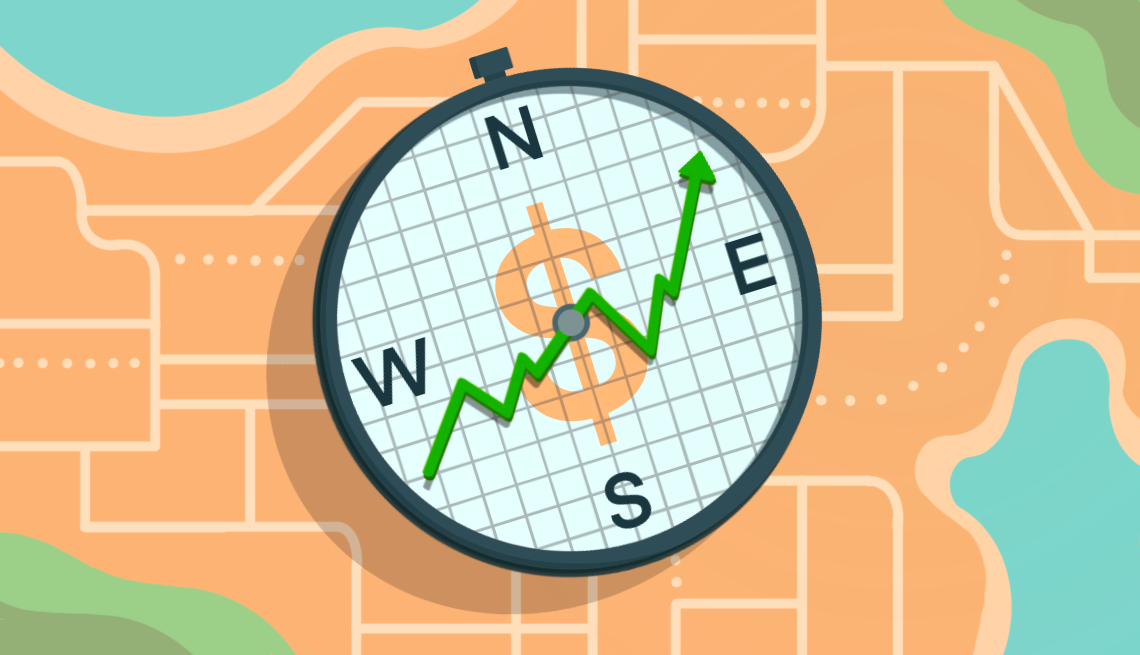Staying Fit


While some folks were able to get outside, the pandemic stopped most of us in our tracks. A study of global fitness apps found that step counts dropped by 27 percent the first month after lockdown. Now's the time to reboot. “The 50-something body can decline quickly without exercise,” says Robert Linkul, a trainer in Sacramento, California.
This is critical for older adults, too, especially those over 70. Once you hit your eighth decade, your body becomes more vulnerable to accelerated muscle (sarcopenia) and strength loss (dynapenia). That's the road to frailty and possible falls.


AARP Membership— $12 for your first year when you sign up for Automatic Renewal
Get instant access to members-only products and hundreds of discounts, a free second membership, and a subscription to AARP the Magazine.
"We see 3 to 8 percent loss of muscle mass every decade starting at 30, but after your 60s it can go to 10 percent or more,” says Linkul. Research has shown people in their 70s having lost as much as half their skeletal muscle mass. Dynapenia is just as damaging — and common. One study of 534 people with an average age of 74 found significant grip strength loss in 71 percent of participants.
The Key Question
Can I walk as far, lift as much or move as loosely as I could a year ago?
If you spent the pandemic on your butt — or only, say, taking the occasional walk — Linkul suggests checking your physical function in two key spots: shoulders and hips. “Sedentary lifestyles raise your risk of developing frozen shoulder,” he says. “This will happen from simply not putting your arms over your head. And most lower-back pain and mobility issues can be traced to the hips."
Test Yourself: Shoulder and hip check
First, stand with feet shoulder-width apart and arms at your sides. Raise your arms slowly until they are straight up overhead as high as you can reach. Hold them up for three seconds, then bring them back down. Repeat this two more times.
What to look for:
"A spotter can help look at your posture and alignment, which should be straight up and down,” Linkul says. “If you come up 10 percent or more short of your arms being fully vertical, you've got shoulder mobility issues."
For hips, try a basic test for everyday tasks — the “proper pickup.” It is one of the most basic movements, but if you have hip and back issues, it reveals weaknesses. Stand straight with feet shoulder-width apart and an object like a towel or a pair of shoes on the floor in front of you. Keeping your back straight, squat and pick up the object and return to the starting position. This will also tax your knees.

































































More on Health
Desserts for People With Diabetes
The yummiest treats to try — and when to eat them — if you're watching your blood sugar
Getting the Most Out of (Very) Short Workouts
The 20-plus videos found here will help you burn calories fastExercising at Home Just Got Easier
Fitness experts share 10-minute workouts you can do in your living room